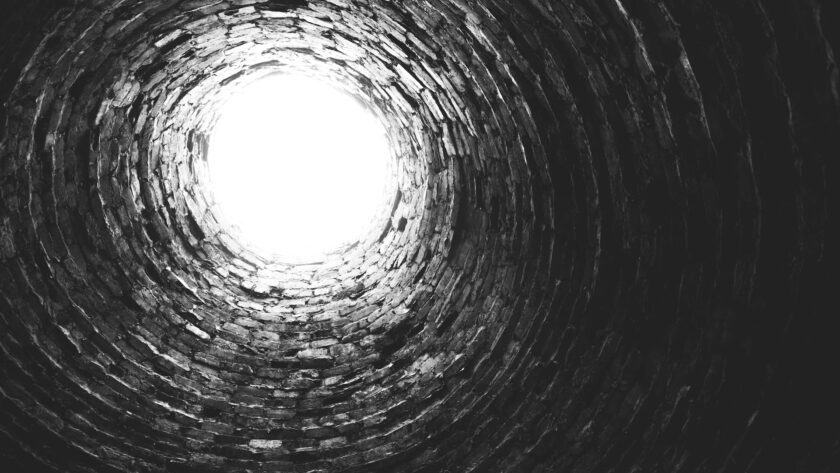People drill wells for different purposes, most commonly accessing water, oil, and gas in the ground. Water wells, for instance, are essential in communities and offer reliable water for home use, irrigation, and industrial purposes. However, most wells are hard to reach, making evaluating their condition and identifying issues hindering performance difficult. Well inspection and a downhole camera come in handy and provide a real-time view of the well. Read on to learn four FAQs on well inspection cameras.
1. What is a Well Inspection Camera?
It is a specialized device for assessing a deep structure like a well, downhole, tank, reservoir, or mineshaft to give insights into what’s happening inside. The device is watertight and can bear a distinct well’s high pressures and chemical compositions.
You may wonder how well inspection cameras work. Typically, an operator lowers the device into a well. Since the device comes with a high-resolution camera and LED lights, it captures images and videos of the interior of the well and transmits them to a screen on the surface. As a result, the operator gets a real-time view of the well and can determine its condition and any issues.
2. What are the Benefits of Well Inspection Cameras?
Well inspection cameras have numerous benefits, including:
- Facilitate the inspection and study of wells in depth, which could otherwise be impossible
- Offer crucial information on the condition and features of a well as well as the progress of drilling operations
- Helpful in troubleshooting well problems such as staining and corrosion, influx of gases, blockages, and location of foreign objects
- Promote inspectors’ safety as they don’t have to enter confined and high-risk wells
3. What are the Applications of Well Inspection Cameras?
These cameras are invaluable in a broad range of industries and applications, including hydrology, engineering geology, petroleum, mining, and geotechnique. First, water utilities can use them to examine and maintain water wells.
Secondly, gas and oil entities can use well inspection cameras to monitor oil and gas wells. Third, mining companies employ these cameras to track the progress of their operations and detect obstacles.
Fourth, environmental agencies can utilize well inspection cameras to check the condition of underground tanks and ascertain they don’t pollute the environment. In all these applications, these devices identify problems promptly so they are handled to avert expensive repairs and downtime and maintain safety. Lastly, well inspection cameras are excellent in search and rescue operations.
4. Which is the Best Well Inspection Camera?
Well inspection cameras are not a one-size-fits-all. The best camera depends on your needs and the inspection task. Crucial factors to consider when buying a well inspection camera include reliability, cable length, display screen quality, and size. Well inspection cameras have different price tags based on their features and functionality. A recommendation overall though would be the nuWAV camera offered by Renegade Services.
Well inspection cameras are a revolutionary technology for determining the health of inaccessible wells. They are multipurpose, and utility companies, environmental agencies, and gas mining companies can utilize them in their operations. These devices promote well inspections, assessments, and evaluations to enhance safety, efficiency and attain cost savings.




